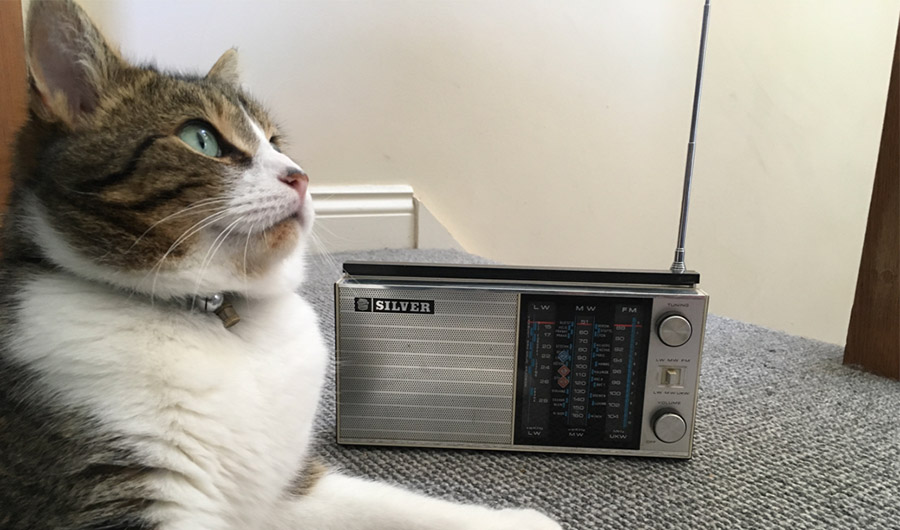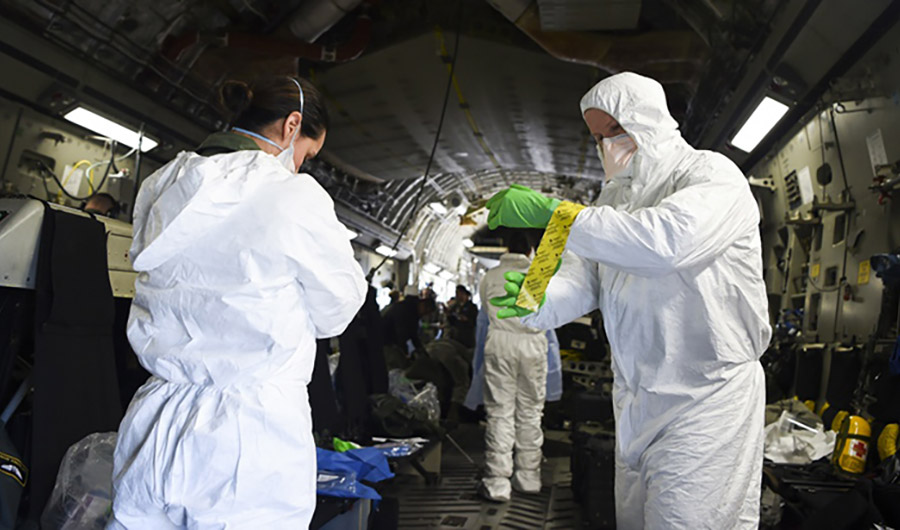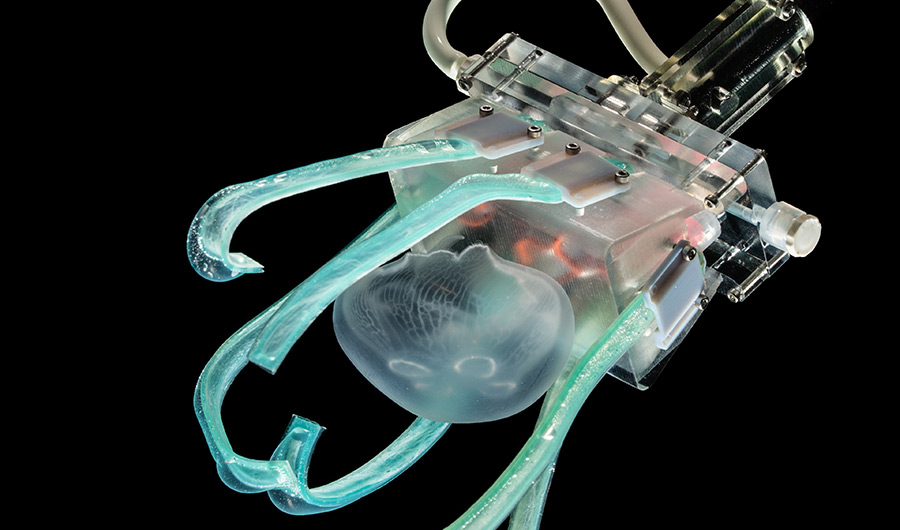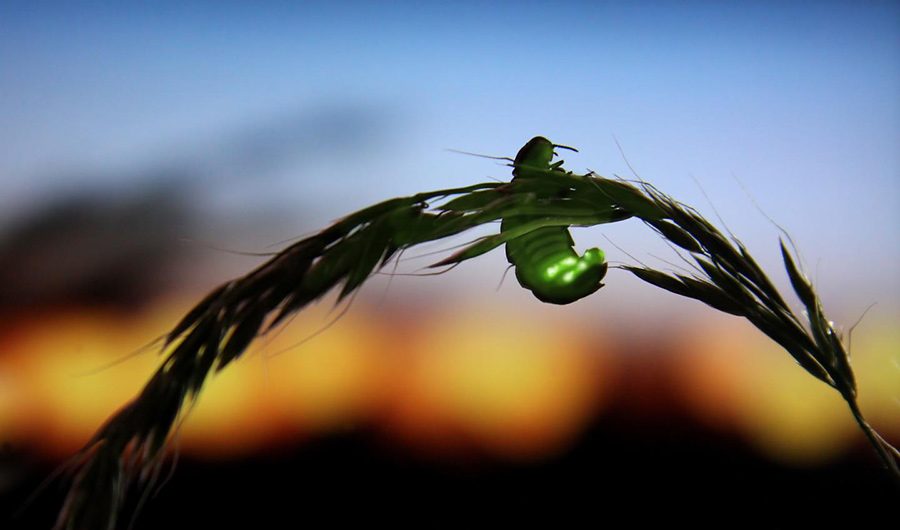February’s Fascinating Science Pictures
This month’s pictures feature coronavirus preparations, a robot that catches jellyfish, and a calm cat.
Image
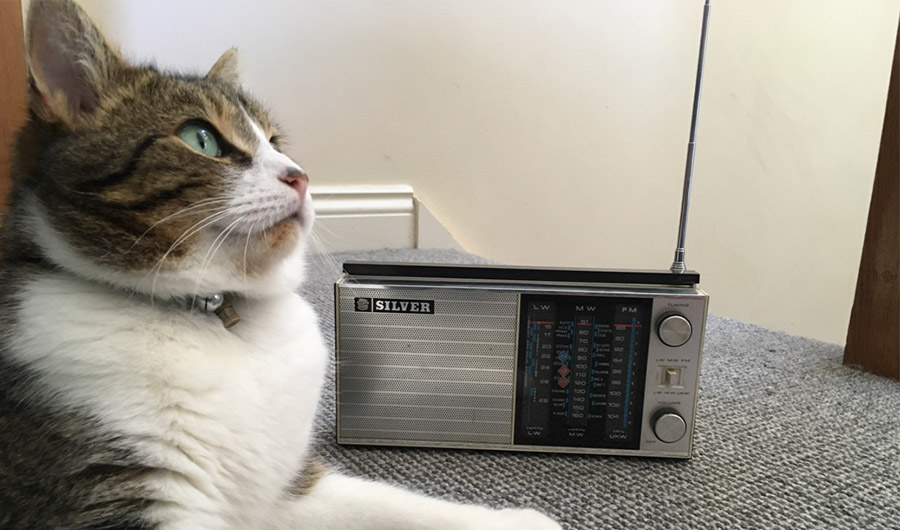
A cat, listening to the radio.
Image credits: Abi Tansley
(Inside Science) -- This month, we take a look at new pictures from across the science world. In Chile, an astronomy observatory captured a stunning view of the night sky. In South Carolina, a crew of airmen help one another don protective gear during a training for medical transport. And of course, here is this picture of a cute, calm cat!
Filed under

